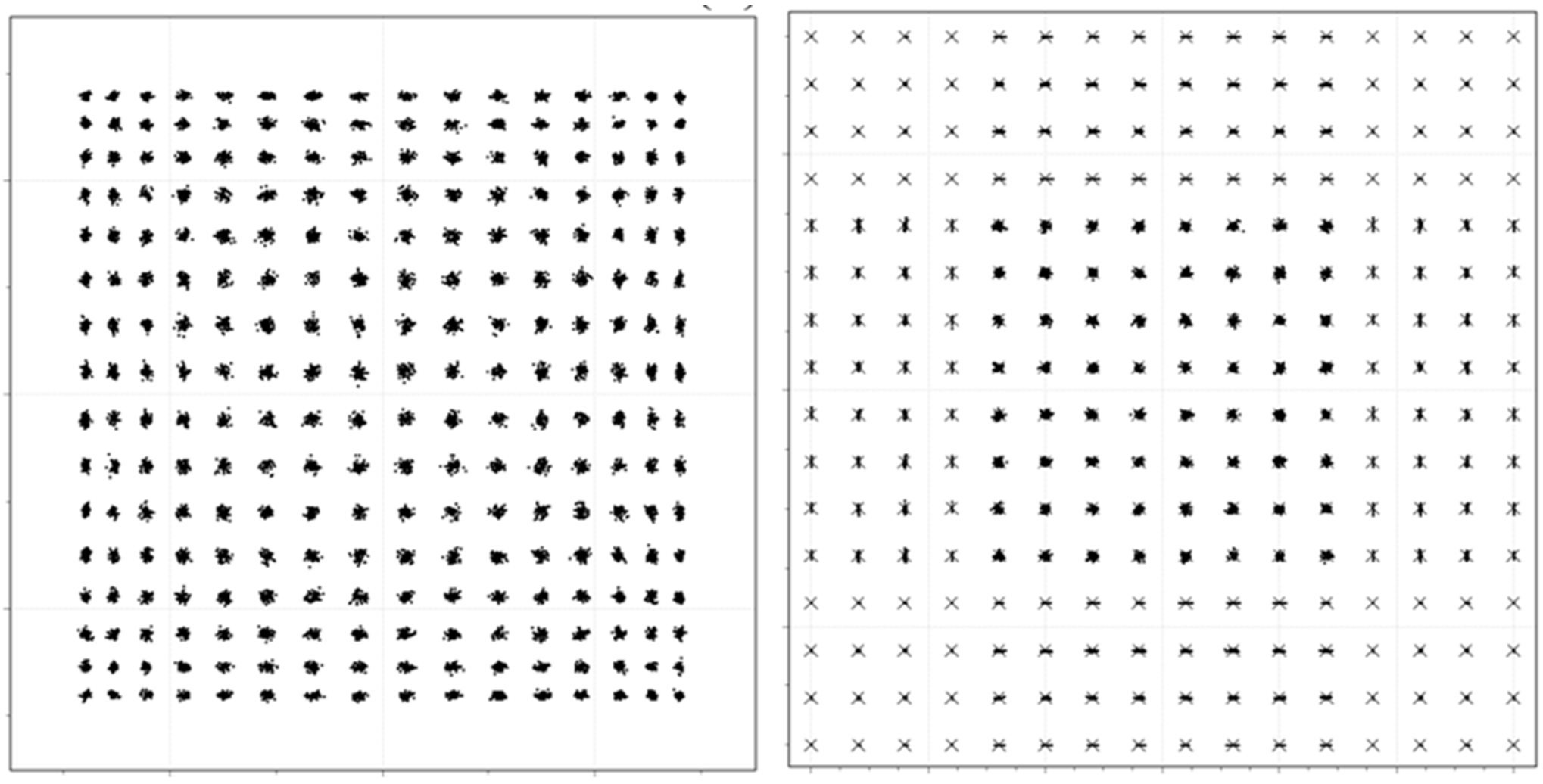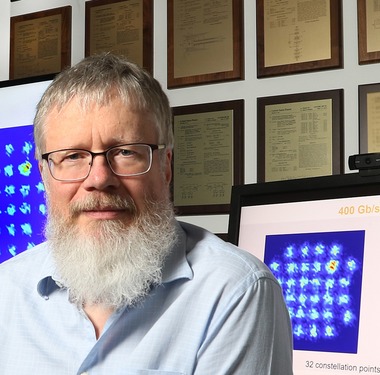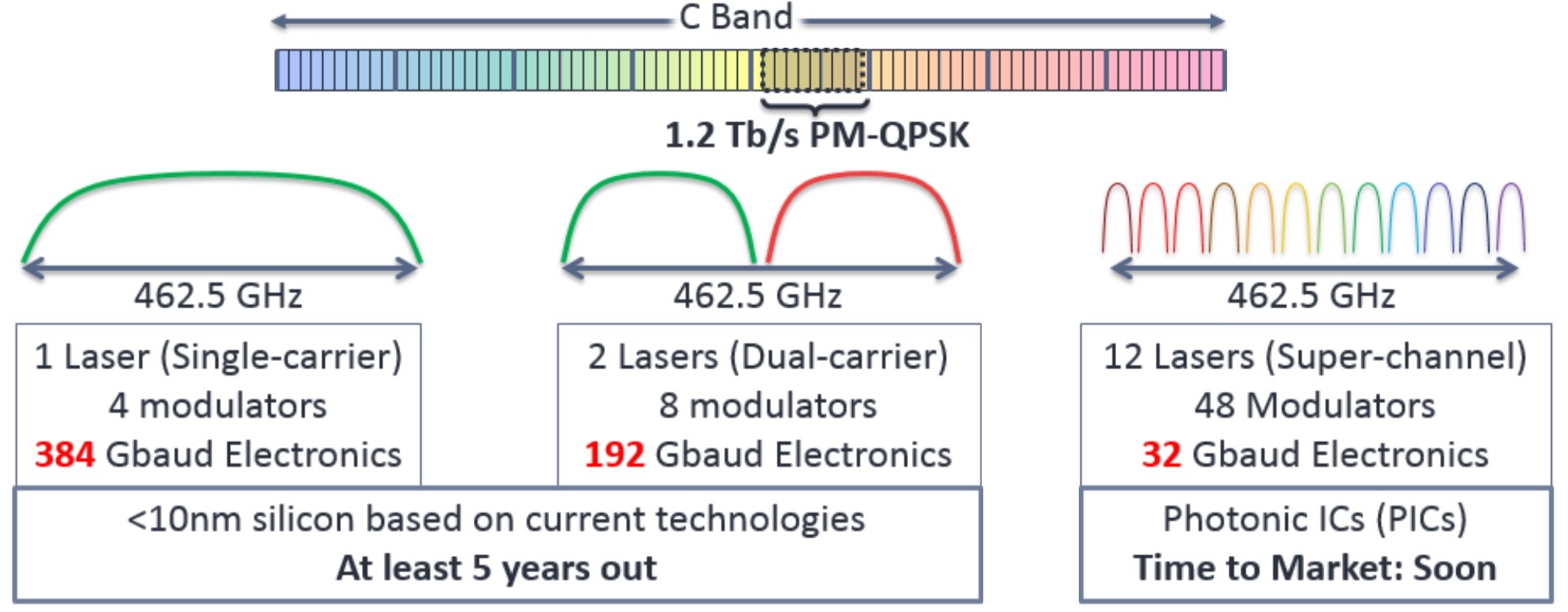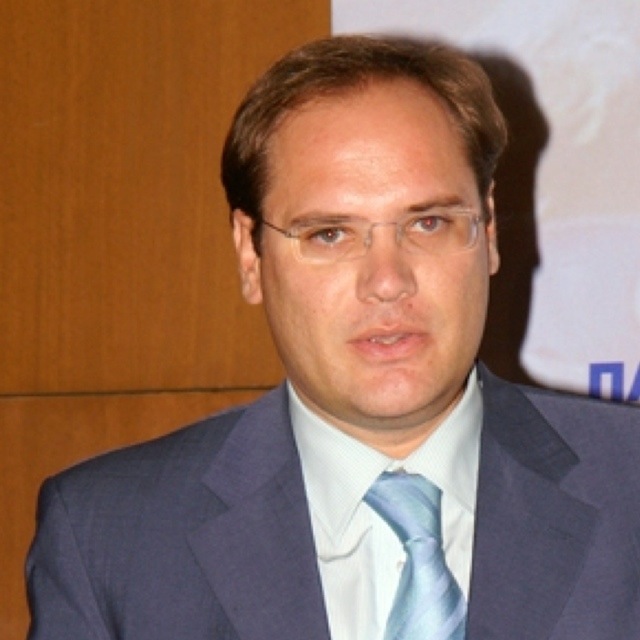Do optical DACs have a role in future coherent modems?
 Monday, April 3, 2023 at 11:36AM
Monday, April 3, 2023 at 11:36AM - A proposed optical digital-to-analogue converter (oDAC) concept offers several system benefits, including better signal performance, higher bit rates and lower power consumption.
- The oDAC design benefits coherent optics but can also be used in direct-detect designs. This article focusses on coherent optics.
- Coherent system vendors are aware of oDAC technology but it is not part of their current roadmaps.
 A 256-QAM constellation using a conventional coherent transmitter (left) and using the oDAC. Note there is no modulator loss (the full area is used) nor any optical warping using the oDAC. Source: Tomkos and Nazarathy.
A 256-QAM constellation using a conventional coherent transmitter (left) and using the oDAC. Note there is no modulator loss (the full area is used) nor any optical warping using the oDAC. Source: Tomkos and Nazarathy.






